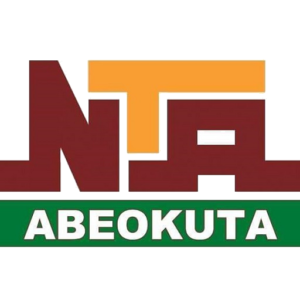
D. Hala Al -Jowder
The ability to measure is the main pillar of effective school administration, and from this standpoint it was referred to what I call the “golden rule” in administrative leadership; Due to the importance it carries in the performance control. This rule stipulates “everything that has no measurement measure, and it cannot be controlled in its management, nor to control its quality, nor predict its dangers, nor the ability to improve and develop it.”
In the school environment, the measurement is not a regulatory luxury or a formal procedure, but rather a vital tool that guarantees the sustainability of quality and the achievement of impact. Through the measurement, we can assess the impact of strategic plans, monitor the development of students ’performance, measure the effectiveness of leadership, and determine the extent of success of initiatives and projects. Improvement does not happen by chance, and does not build on a feeling or impression, but rather a precise measurement and continuous systematic analysis.
Academic achievement, for example, is not left for a general estimate, but rather is measured through digital results and analyzes, as well as the effectiveness of school driving is measured through accurate operational indicators that translate the goals into monitoring and evaluation results.
– “Everything that is not measured”: This is the beginning that alerts us to the need for reference tools in which we measure performance, so it is not sufficient to say the level of education is good unless we have indicators that support this ruling.
– “It is not possible to control his administration”: The successful administration is based on decisions based on accurate data, so how can the school principal manage the performance of his team, or continue to implement his operational plan without measuring the extent of progress or decline? The measurement gives the ability to guidance and modification .- “And not controlling its quality”: The quality is not controlled by expectations, but rather settings with specifications and standards. Current events and expecting challenges, and without standards the school will not be able to monitor the decline before it turns into a crisis and identifies the causes of weakness, or from observing the gaps before it worsens.- “The ability to improve and develop it”: It is not possible to improve what is measured, and continuous improvement is the essence of school leadership, and it always starts from the question where we are now? The answer does not come from intuition, but rather from the indicators of performance, analysis of data and identification of gaps. The improvement course begins from the measurement and then the analysis, then planning, then implementation and then re -measurement. If the measurement is absent from the beginning, the development is impossible; Because we do not have a foundation line that we measure progress, and we do not know the size of the gap between reality and hope.
One of the biggest challenges facing schools is to fall into the trap of the procedure without impact, as many initiatives and programs are implemented without indicators that measure the achievement of their goals, which leads to enlarged effort and the small results. When each plan is built on the main performance indicators «KPIS» and measurable quality standards, the administration becomes more rational and the results are more accurate and more effective.
In the absence of analogy, plans turn into wishes that cannot be followed or evaluated. As for its existence, we have an effective tool for continuous follow -up and development.
The bottom line is that this administrative rule not only warns against neglecting the measurement, but also draws the features of the successful school administration. Because what is not measured … does not manage, not control, or develop.
* Advisor to the quality of discrimination for educational consultations






